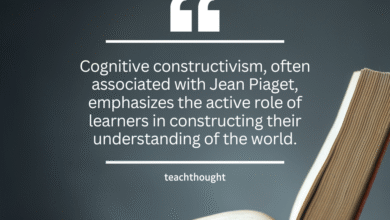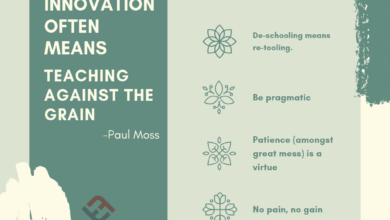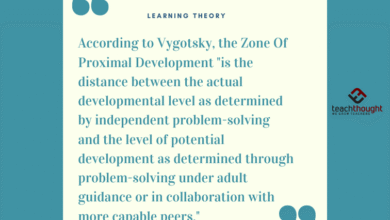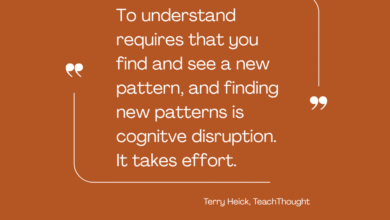
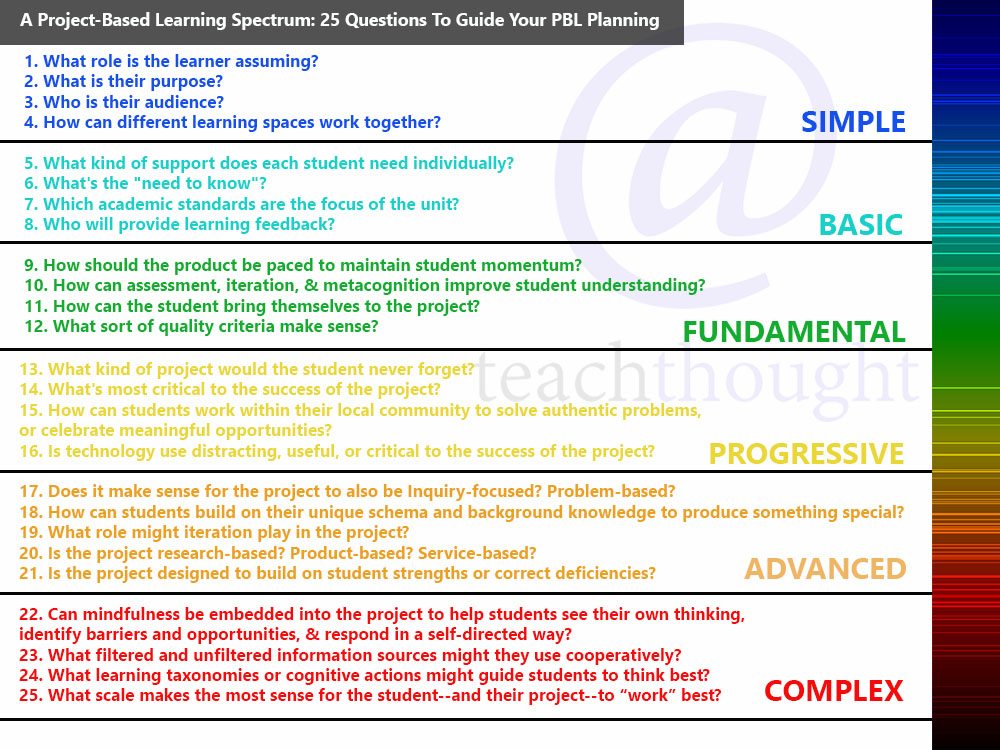
by Terry Heick
I’ve been thinking of the kinds of questions I consider when planning a project–or planning a unit when students plan a project on their own.
There’s a lot to consider here–so much so that 12 isn’t even close to enough, but that’s because I tend to over-complicate things (so my kids tell me). I”ll stick to a ‘primary’ set for the first dozen, and then add a secondary set you can take a gander at below.
I’ve more or less organized them into a kind of spectrum, from the simplest questions to consider, to the most complex. I focused more on creating compelling and student-centered projects, rather than creating a list of questions to use as a checklist for pure academic planning.
For related reading, you might check out the difference between doing projects and project-based learning, as well as our project-based learning cheat sheet that provides some examples to jumpstart your thinking.
A Project-Based Learning Spectrum: 25 Questions To Guide Your PBL Planning
SIMPLE
- What role is the learner assuming? Designer? Engineer? Brother? Artist? Cultural Critic? Naturalist?
- What is their purpose? What are they doing, and what should the project itself ‘do’?
- Who is their audience? Who is the audience of the project’s design, impact, or effect?
- How can different learning spaces (e.g., classroom, home, digital) work together? To promote meaningful interaction? An authentic audience? Personalized workflow to meet each student’s needs?
- What kind of support does each student need individually? Who can provide it? How much structure is enough for that student? (Scoring Guide, Teacher-Provided Tools, Rubric, etc.)
- What’s the ‘need to know’? Is there one? Where did it come from? Is it authentic? Teacher-based, school-based, curriculum-based, or student-based? What are the consequences of each?
- Which academic standards are the focus of the unit? How will data from formative assessment (that target these standards) help teachers and students respond within the project?
- Who will provide learning feedback? When? How? And feedback for what–the quality of the project? Progress towards mastery of academic standards? Will it be ‘graded’ with letters, numbers, as a matter of standards-mastery, or some other way? Which way best supports student understanding?
- How should the product be paced to maintain student momentum? What ‘check-in with the teacher’ markers make sense?
- How can assessment, iteration, and metacognition improve student understanding?
- How can the student bring themselves (affections, experience, voice, choice, talent, curiosity) to the project? Also, what is the teacher’s role in the process? Is it the same for every student?
- What sort of quality criteria make sense? How will we know if the project ‘works’? Was it effective? Performed? Who designs this quality criteria?
- What kind of project would the student never forget?
- What’s most critical to the success of the project? Creativity? Critical thinking? Organization? Grit? All may apply, but how might the project be designed to focus on the factors you or the student value most?
- How can students work within their local community to solve authentic problems, or celebrate meaningful opportunities?
- Is technology use distracting, useful, or critical to the success of the project?
- Does it make sense for the project to also be Inquiry-focused? Problem-based?
- How can students build on their unique schema and background knowledge to produce something special?
- What role might iteration play in the project?
- Is the project research-based? Product-based? Service-based?
- Can mindfulness be embedded into the project to help students see their own thinking, identify barriers and opportunities, and respond in a self-directed way?
- What filtered (e.g., a teacher-selected book, an encyclopedia) and unfiltered information sources (e.g., a Google search, a social media stream) might they use cooperatively?
- What learning taxonomies or cognitive actions might guide students to think best? We covered some of these in a recent post, many of which are shown in the graphic below.
- What scale makes the most sense for the student to work best?
- Is the project designed to build on student strengths (rather than trying to ‘correct deficiencies’)?
COMPLEX
A Project-Based Learning Spectrum: 25 Questions To Guide Your PBL Planning; image attribution Wikimedia commons (the spectrum to the right)
Source link

